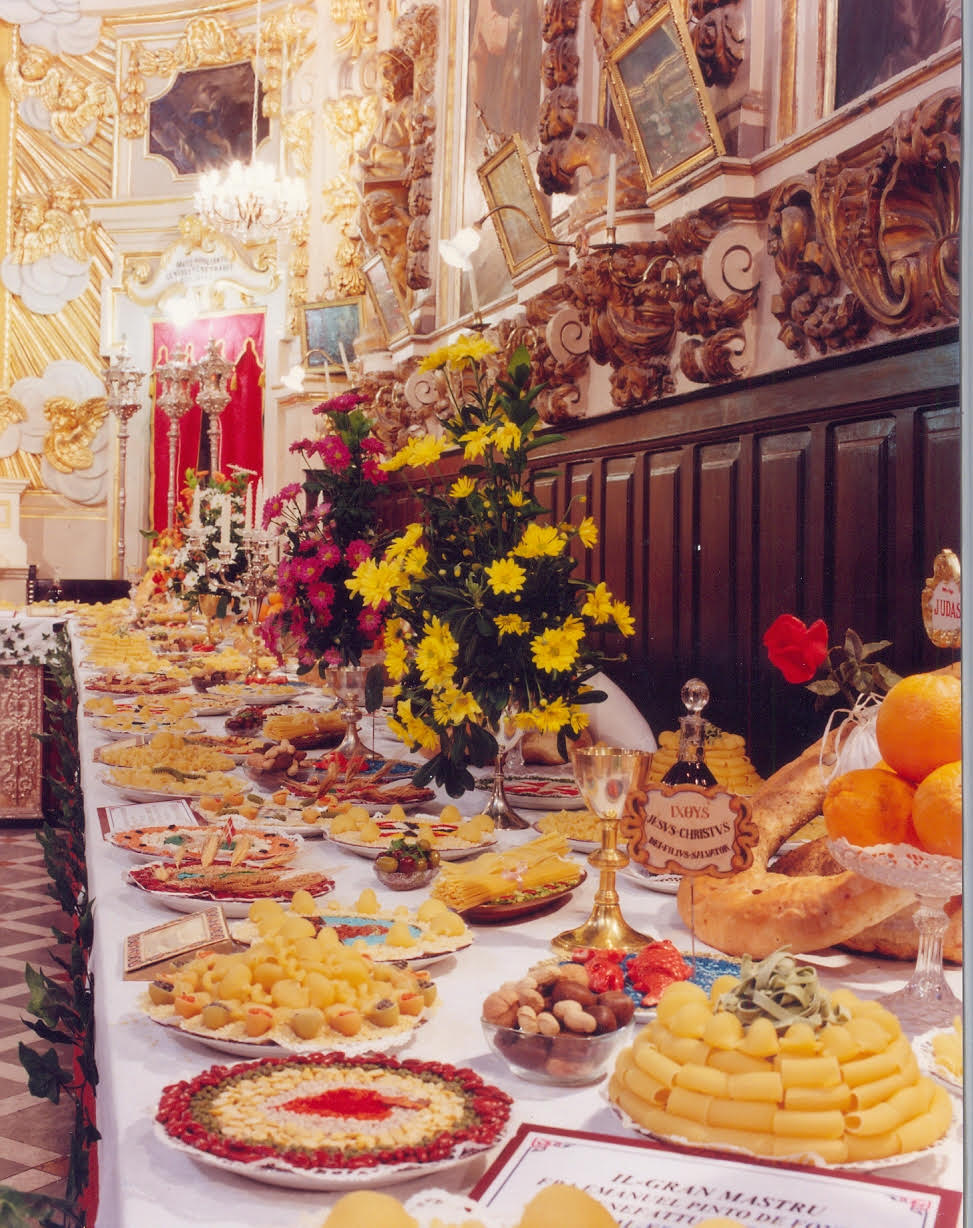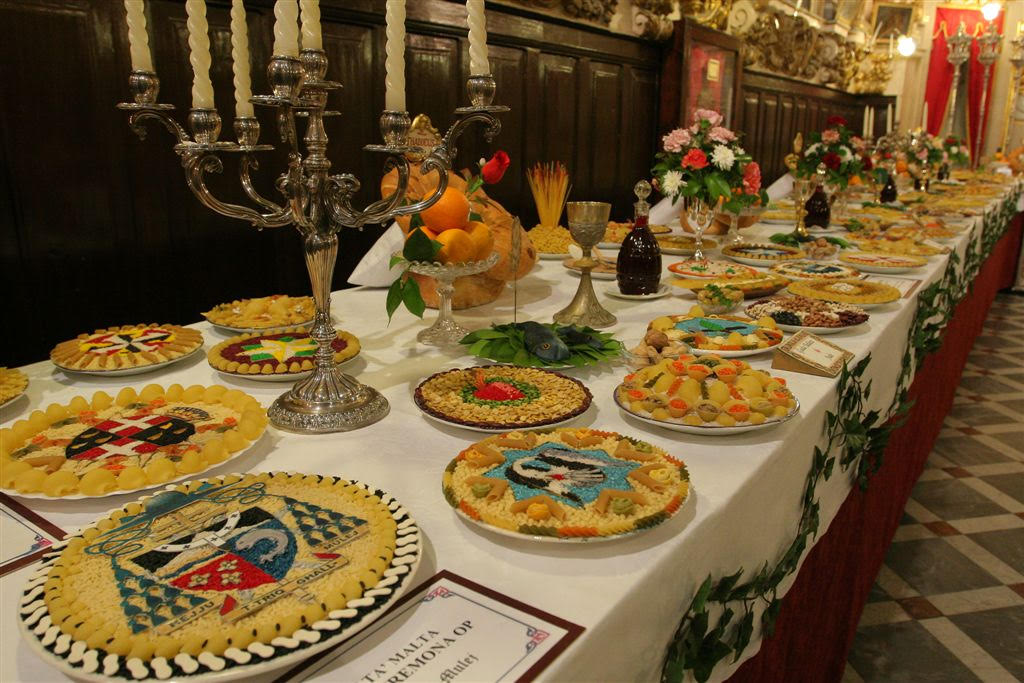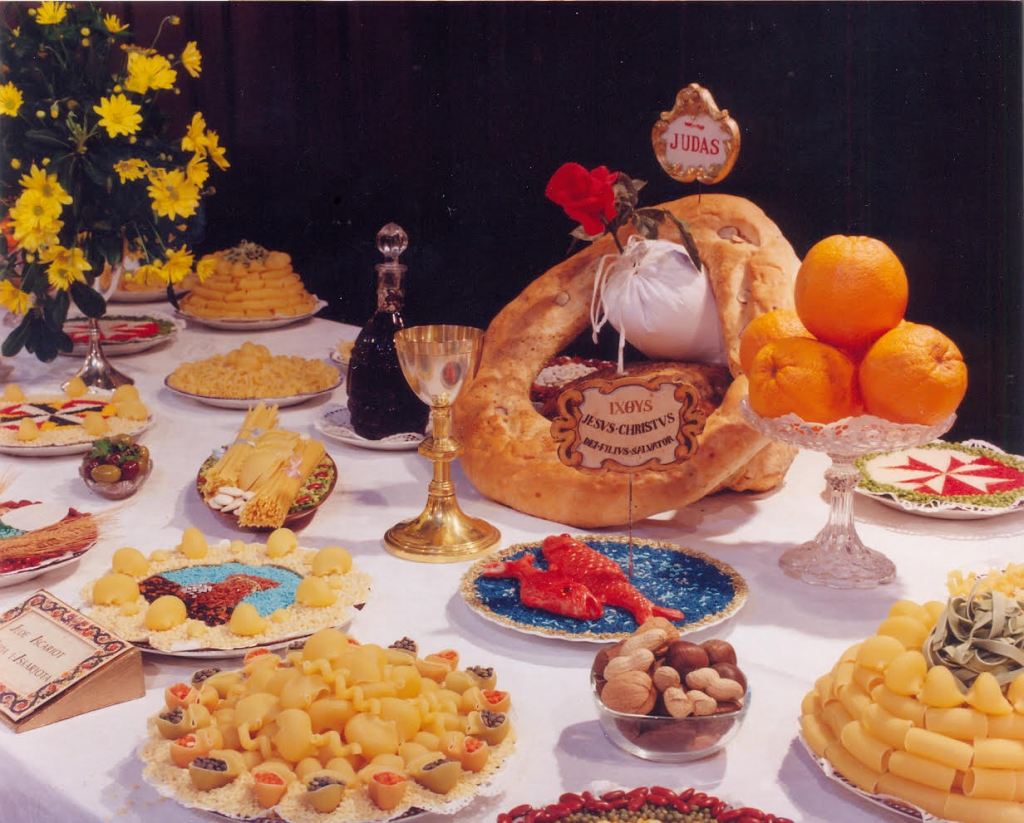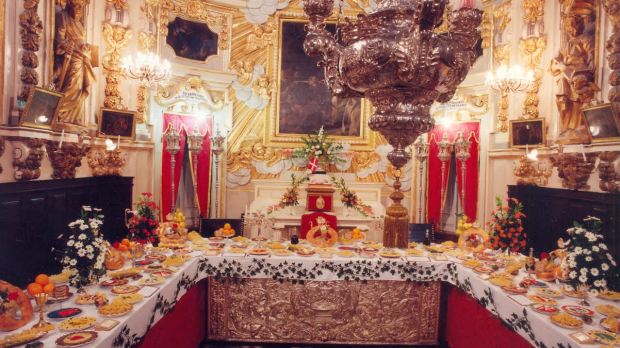Saying that every culture builds its cuisine from the resources it finds within reach is a truism, but there are some important exceptions to this rule. Malta is one of them. Born at the crossroads of important trade and pilgrimage routes in the Mediterranean, Maltese traditional food is an exceptional meeting of often unexpected influences that got to the archipelago from near and far.
As explained by Dr. Joyce Cassar in an article featured in Faith, Tradition, Glory: Religious Tourism Elements in Malta, Maltese customs and traditions “have been inspired and shaped by the various historical transitions the islands have experienced.” It is thus only natural that some of these traditions resemble those of other (neighboring or distant) countries. Some others have rather been “brought down from generation to generation,” Cassar explains, “or imported or introduced during the presence of those who inhabited these islands during their rich and unique history.” Local restaurants, family tables, and even parish churches and oratories preserve these traditions, flavors, and meanings in a “broad mélange of cross-cultural influences” that, as Cassar puts it, “distinguishes Malta and Gozo from other countries.”
One of these distinctively Maltese traditions is that of the Apostles’ Table. Maltese food is a living testimony of an uninterrupted 2,000-year-old Christian tradition (many delicacies and special treats the Maltese serve on their tables are inspired by Catholic feasts, and thus follow the Catholic liturgical calendar), and this special Easter celebration is obviously no exception.

The Maltese tradition of the Apostles’ Table is as unique as it is deeply rooted in its cultural and religious heritage. Most scholars agree the practice dates to the 16th century, although there are good reasons to assume it is at least one century older –it might have originated from common charitable practices that the Dominican friars carried out the moment they arrived from Sicily to Malta and Gozo in the 15th century.
Being a religious event, it obviously has a distinctive communitarian dimension. It takes place on Holy Thursday (the day before Good Friday) and it commemorates the Last Supper of Jesus Christ. As such, the Apostles’ Table is a communal meal served on a long table, symbolizing the one where Jesus and his disciples gathered to celebrate Passover the night before he was tried and executed. The table is set with a white tablecloth and decorated with flowers and candles, thus creating a warm atmosphere that invites sharing, meditating, and recollection alike.
The meal consists of 13 different dishes, each representing one of the 12 apostles and Jesus Christ. The dishes are typically fish-based, as expected from a Lenten meal, and include a variety of traditional Maltese delicacies such as aljotta (Maltese fish soup), baked fish (also served commonly on Ash Wednesday) and klamari mimlija (that is, stuffed calamari). Other additions to the table may include vegetables, bread, and wine.

As with most traditional Maltese religious food, the Apostles’ Table is not just about eating. It is also (and perhaps mostly) about the communitarian, social, liturgical, and spiritual aspects of the event. It is a time for families and friends to come together and share their faith, to catch up with each other and to strengthen bonds. Not surprisingly, the dishes served are often family recipes that have been passed down through generations, thus adding a distinctive familiar, intimate traditional depth to the ceremony. In that sense, the Table is sure to continue to be a beloved and treasured event for generations to come.
Before the meal begins, a priest blesses the table and the food, and a reading from the Gospel of John is recited. The meal is then served, with each dish being presented and named after an apostle or Jesus. Some dishes display intricately decorated rice, others different shapes of pasta.
Among the plates of rice depicting the various apostles is that of Judas Iscariot. This plate is made of 30 individual areas of rice, coated in a silver color, as if representing the 30 pieces of silver the Apostle received for betraying Jesus. The main seat at the center of the table is Christ’s, his plate featuring the Holy Eucharist.
A Dominican initiative
Although the meeting can be hosted in private homes, it is often held in churches or community centers. In fact, the tradition of the Apostles’ Table in Malta was encouraged and promoted by the Dominican Order, who were instrumental in spreading and preserving the practice throughout the centuries. Whereas Apostles’ Tables and other Last Supper displays are common in almost every town and village in the archipelago during Holy Week, the exhibition at St. Dominic’s Priory in St Dominic Street (Valletta) is special in many of ways. As Ivan Grixtri explains in an article published by the Times of Malta, this is the oldest Apostles’ Table in Malta.
The Dominican Order arrived in Malta as early as in 1450, and quickly established a strong presence on the island. They were known for their dedication to education, as well as for their efforts to promote religious and cultural traditions.

The Apostles’ Table is a practice that aligned closely with the values and teachings of the Dominican Order. The communal aspects of the event, as well as the emphasis on sharing a meal and building community, were in line with the Dominican values of charity and hospitality. As explained by Simonne Pace and Ivan Grixti in The Times of Malta, in the 15th and 16th centuries no European country had a robust network of social services. The Dominicans set these Apostles’ Tables to take care of the needs of the poorest of the poor. Every year, the food served in these tables was gladly shared by poor families.
Over time, the tradition of the Apostles’ Table became deeply ingrained in Maltese culture, and it continues to be celebrated to this day. The influence of the Dominican priests in promoting and preserving this practice is still felt, and their legacy can be seen in the continued importance and popularity of the event.



